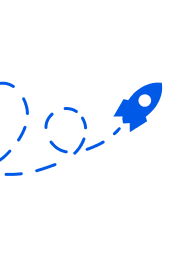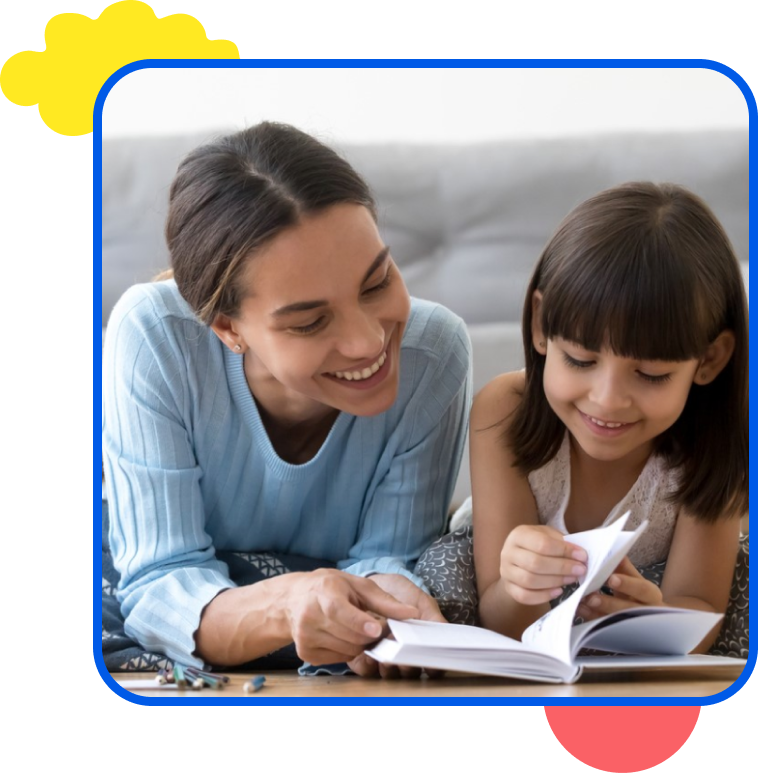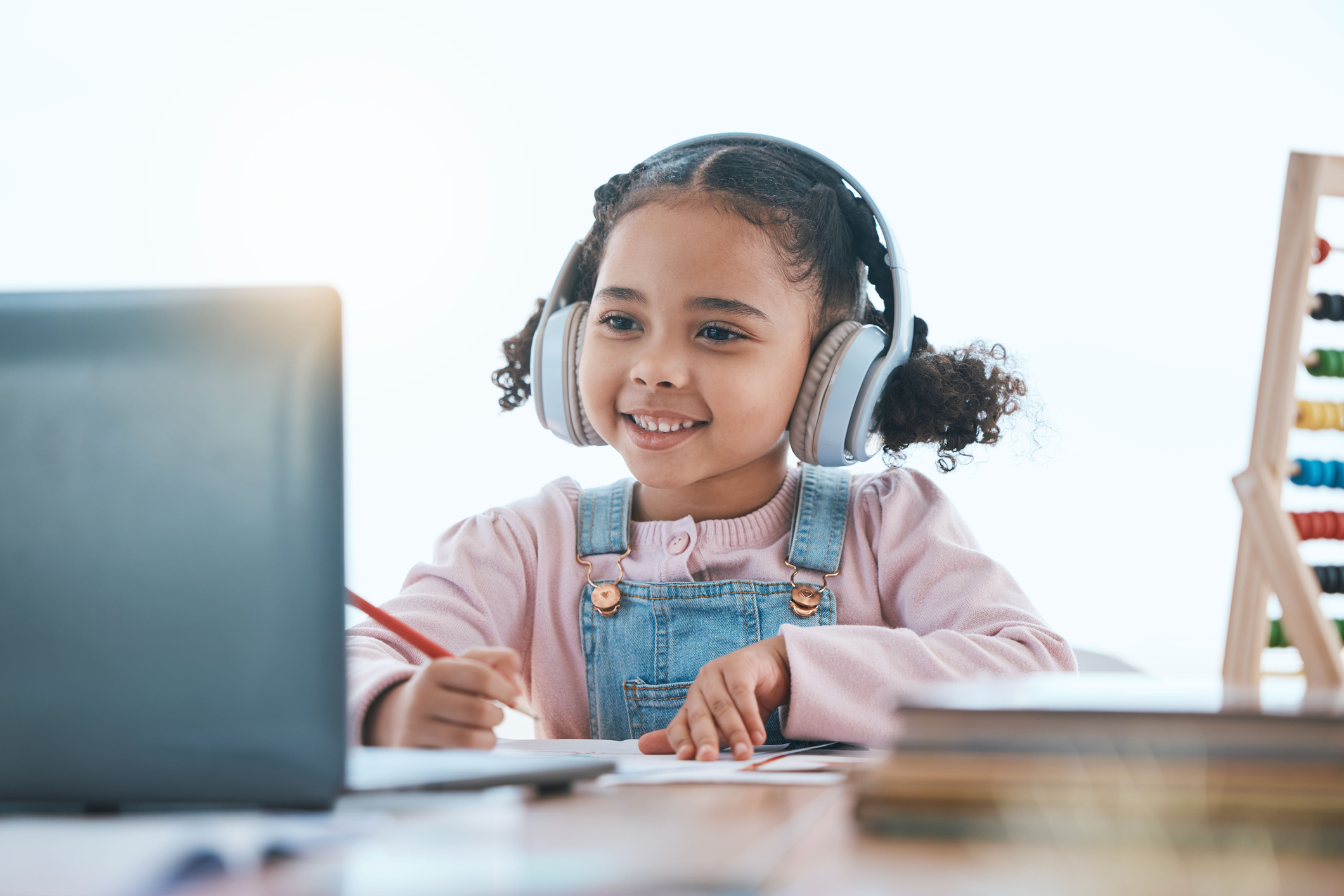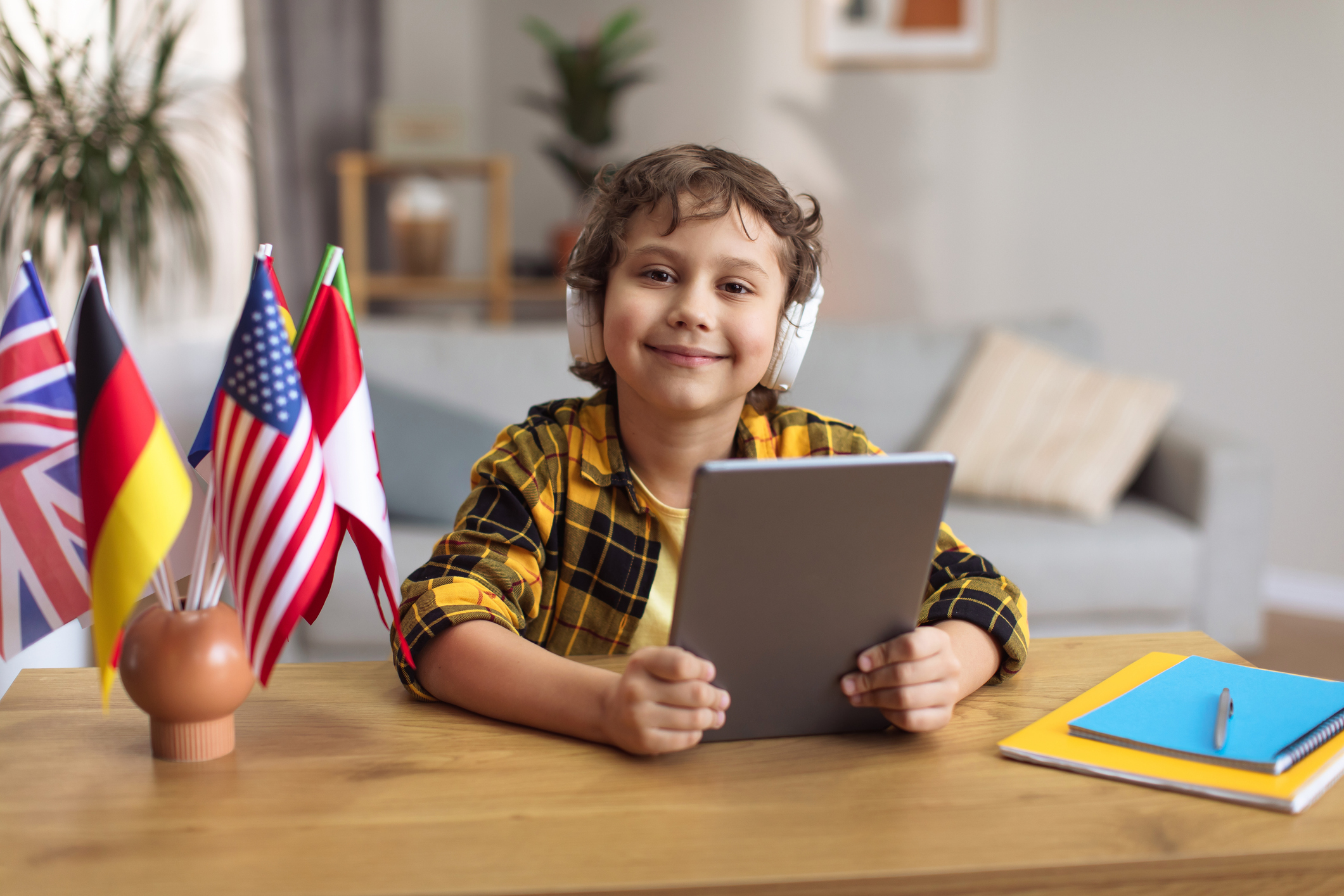What Is The Best Age To Learn A Second Language?



Experts believe that it’s easiest for a child to learn a second language before the age of ten. It’s within this critical period that a child’s brain is at its most elastic, making them better suited for building new neural connections and learning.
If you’re a parent, you already know that your child’s brain is like a sponge, soaking up all sorts of new information and lessons daily. After all, kids of all ages are constantly discovering new things and learning all that the world has to offer.
And it’s a well-known fact that children’s brains are primed for learning new information.
But at what age do children stop learning as easily? Is there a “best age” for a child to learn a new language? Can’t teenagers and adults learn another language just as easily?
Below, we hope to answer these questions and more as we explore everything there is to know related to language and learning during childhood, adolescence, and adulthood.
The Critical Period Hypothesis
The Critical Period Hypothesis was proposed in 1959 by Canadian neurologist Wilder Penfield and his co-author, Lamar Roberts.
According to the theory, there’s an ideal window in a child’s neurological development when their brain is most suitable for acquiring a new language. After which time, any further language acquisition becomes increasingly more difficult.
The critical period is considered somewhere within the first few years of a child’s life.
During this period, so long as a child is presented with sufficient stimuli, their brain’s neuroplasticity should allow them to absorb and grasp new language concepts quickly.
However, suppose language inputs do not occur until after the critical period has expired. In that case, the theory suggests that the child will never achieve full command of their first language.
That being said, when it comes to second language acquisition, there’s still a great deal of debate on the subject. Estimates for the critical period of second language acquisition generally range between two and thirteen years of age.
But, to get a better idea of the best age for young language learners, we’ll need to take a deeper look into early bilingualism.
Early Bilingualism
Over the years, there’s been quite a lot of controversy regarding children learning a second language.
In the past, educators even believed that learning a second language at a young age would confuse children, causing developmental delays in speech and vocabulary.
While there are some documented delays in children adopting vocabulary and other aspects of a new language, research suggests that bilingualism has either none or only positive effects on a child’s speech development.
Most experts today believe that new language skills developed at a young age have many positive effects on a child.
So it’s clear that teaching your child a second language won’t harm their speech, language, or cognitive development.
But how early can a child start learning a language other than their first?
Language Practice And Learning During Infancy
According to Scientific America, one study found that babies and very young children are capable of thinking logically and rationalizing decisions, even before they can speak in full words and sentences.
Other studies suggest that babies start learning a language while still in the womb.
So it’s not surprising to learn that children are perfectly capable of learning second languages, even at a very young age.
But it’s not until somewhere between the age of one and three that experts believe a child is most capable of learning a second language. For most developmentally normal children, these ages fall within the critical period of language acquisition.
During this time in a young language learner’s life, their brains are already busy learning their first language, driven primarily by a need to communicate with their parents. Therefore, it’s easy for them to absorb additional words and concepts from a second language simultaneously.
Outside of the critical period, there’s not much evidence to suggest any “best age” to learn a second language. However, most research indicates that it only becomes more challenging for individuals to learn a foreign language as they age.
One study from MIT found that the ability to learn a new language is at its strongest before a child turns ten. It’s often virtually impossible to differentiate native speakers from second language learners when second language acquisition occurs before the age of ten.
After the age of ten, the child’s ability to learn a second language doesn’t cease to exist, but it does become increasingly more challenging for them to grasp new grammatical concepts and words.
Teenage Bilingualism
So now we know that a child’s ability to learn a new language is considerably better the younger they are. And we also know that starting language lessons before the age of ten can drastically improve a child’s ability to become fluent in a foreign language.
But at what age does the ability to learn grammar, vocabulary, and syntax begin to decline? Is there a point when learning a new language is no longer possible?
In the past, researchers believed that a child’s ability to learn would start to decrease at some point between the age of five and puberty.
But according to a newer study by the Massachusetts Institute of Technology (MIT), most children remain proficient at learning new grammar up until age 17 or 18.
We should mention again that children who begin learning between the ages of ten and eighteen can still learn a new spoken language. It’s just that it will be a lot more challenging for them.
These children have a much smaller window before their language learning ability declines, especially compared to a child who begins learning at five years of age.
Therefore, older children are considerably less likely to develop total mastery or become fluent in their target language.
Why Language Learning Programs Become More Challenging
Researchers have so far been unable to answer why the critical period for learning languages ends or why second language acquisition declines precipitously after the age of eighteen.
Most experts believe this is caused by socio-cultural changes, first language development, or continued brain development.
In terms of social or cultural changes, it’s often around eighteen when individuals graduate high school, move away from home, and begin working full or part-time.
Therefore, the inability to quickly grasp new language concepts might be caused by external social factors or that older teens are just too busy to learn.
Alternatively, experts believe that the decline in neuroplasticity might be due to interference from a first language. This means that the language concepts and rules the individual has already learned make it harder to learn additional concepts.
Lastly, it’s also possible that biology causes specific changes to brain plasticity at this age, making it harder to learn new languages after age eighteen.
Either way, we know that it’s easier to acquire a second language if we start learning before ten and no later than eighteen.
But aren’t there plenty of examples of fully-grown adults learning a new language?
Adult Bilingualism
There’s no denying that adults can learn Spanish, English, French, or any other language as a second language, even much later in life.
However, it’s simply that adults don’t learn in the same ways as children, and mastering an entirely new vocabulary is considerably more challenging when you already have a language wired into your brain.
As we know, an individual’s grammar-learning abilities decline precipitously after eighteen.
But that doesn’t mean an adult can’t learn a second language.
Interestingly, when researchers bring in samples of adults and children and teach them new language concepts, adults are often the better learners.
So why does research show that children are better at learning than adults?
The answer is that these comparison studies don’t accurately reflect the child or adults’ lifelong learning abilities.
The fact is that adults can’t reproduce the same language learning processes that children use. The adult brain isn’t as elastic as the child’s brain.
So while adults are perfectly capable of learning new vocabulary words and grammatical concepts, they learn and memorize in a different way that takes more time and more effort than children.
Frequently Asked Questions – Learning A Second Language For Kids
Now that we know the many differences between the children, teens, and adults learn, let’s review some of the most frequently asked questions we hear from our language learning parents.
Why is it easier for children to learn other languages than for adults?
Children are better at learning new words and languages because their brains are better at building neural connections. While an adult’s brain continues to develop its neural network, a child’s brain does this significantly faster. Therefore, children’s brains are better at processing, retaining, and recalling the information they learn.
What are the 1st and 2nd easiest languages to learn?
The easiest languages to learn depends mainly on the individual’s first language. Therefore, if a language learner speaks French as a first language, similar languages like Spanish or Italian might be relatively easy to learn. On the other hand, for English native speakers, Norwegian is said to be one of the easiest languages to learn, thanks to its many similarities with the English language.
How long does it take a child to master a second language?
Depending on the child’s age and learning capabilities, it can take a few months to a few years to learn new words and sentences in a second vocabulary. However, as we’ve outlined above, it’s drastically easier for a child to master second languages if they start learning before age ten.
How can I start teaching a second language to my child?
You can use many online resources, language learning apps, and games to teach your child a new language. But there’s no substitute for learning in a bilingual immersion environment. Bilingual education exposes the child to the language they already know while simultaneously learning new words and concepts in a second language. These types of learning environments also help keep language learning fun.
Is learning a second language worth it?
Yes! Countless studies show that there are many benefits to learning a second language. Bilingual children have many advantages in life that monolingual children don’t. Research also shows that early bilinguals often have better focus, concentration, multi-tasking, and socialization skills.
What is the best way for me to help my child as they learn a new language?
The best way to help your child while they learn a new language is through continuous support and encouragement. Studies show that parental involvement correlates closely with a child’s academic achievement. Back-and-forth conversations with your child, especially in their new language, are scientifically proven to help build the brain’s language center and verbal ability.
Learn A Second Language With LingoCircle
Based out of Brooklyn, New York, LingoCircle is your go-to online language school for kids aged three to fifteen.
We believe that all children deserve to learn a new native language. And that’s why we encourage learning in a fun, stimulating, interactive, and immersive bilingual environment.
Our teachers use an expert-built curriculum and teach children in small groups so that your child gets the attention and focus they deserve.
Are you interested in learning more? Click here to start your free trial today!


Simple Ways to Learn a Second Language at Home
Get resources and tips to help supplement your bilingual education journey at home.
By providing your email you are signing up to receive emails from Bilingual Bebe. Privacy Policy







